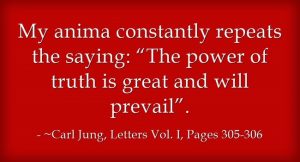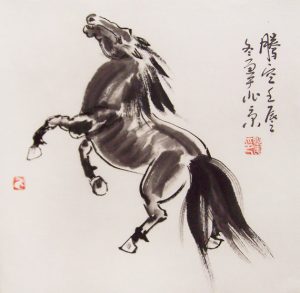Disclaimer: Long post ahead, and those following this page that are not professionals interested in these topics, may wish to bypass this one!
Here goes: I am pleased to see this editorial and thank the authors for preparing and publishing it. Since it is a paid subscription journal I am unable to share the full text, and still want to relay a few things.
The first is the recognition that the biopsychosocial construct, while a very important and valuable concept for moving forward into integral care, still falls short in understanding the inseparability of all things “mind” from the body and one’s experience of it, by suggesting these are distinct or separate things.
The first section of the editorial is titled “Psychosocial factors are not always mental health disorders”… yes, and I wish to add two topics: 1) Comorbidity is common and represents overlapping/shared neurophysiological correlates and equipping rehab therapists with capacity to understand and attend to whole-person needs is part of integrated care models. 2) given that PTs, OTs and other rehab therapists are appropriate for and capable of service provision directly for mental health conditions (not diagnosing or analyzing, but contributing to effective treatment options on referral from the appropriate disciplines)… that even this construct needs to be challenged in our reduction of the body away from the mind. European models are well ahead of the US in this regard, including as recognized by the World Confederation of Physical Therapy’s subgroup on physiotherapy in psychiatry and mental health.
The second section is “Psychosocial factors are not distinct from biological factors” and I have the utmost respect to these authors to put this out there for the rehab professions (and all!) to consider. Our psychology and our body-mind-environment interactions, including the extent, nature and quality of our social engagement/social experiences, are not distinct from biological representations, and while I understand the ‘sometimes need’ for such a breakdown in explanatory literature, it points people towards an either/or form of thinking about how to address their problem or challenge. When I touch someone’s knee, or whisper into their ear, I’ve entered their mind, and when I relay a cognitive construct that reframes a belief or perception, and/or support the process of affect labeling or expression, I’ve equally entered the body. Non-dual thought is warranted as both patients and clinicians unconsciously fall into an “either/or” trap in an attempt to understand or address their problem. It is always “both/and”. Mind-body integration is applicable to all presentations and not just those deemed chronic or flagged by an intake screening tool, though the level of engagement varies based on a number of factors. This underscores the heading of the third section, “Psychosocial factors are not just in persistent pain presentations”.
Finally, I encourage a shift away from “psychologically-INFORMED practice” towards “psychologically- and socially-INTEGRATED practice” as the latter still represents a distancing from psychosocial content that may reduce the power base within whole-person care constructs. We need to move beyond lip-service to the well-defined need for this in scientific literature (with the science supporting the chronic pain epidemic leading the way). For example, reducing the provision of “psychosocial care” within rehab therapy, to functional pain neuroscience education, is insufficient. Support for and provision of constructs of attunement, self- and co-regulation, cognitive-behavioral and mind-body skills learning, emotion/affect awareness, expression and regulation; spirituality, and other inter-related self-referential processes, when person-centered, is well-within the scope of rehab therapy practice and serves a larger goal of meeting individual and collective needs. The truth is that most with chronic pain will not access psychological services and in many cases, are not available or even accessible. Even in rehab therapy, resources are limited. It is time we step up and do better – it is time we work upstream and consider the public health perspective and the negative impact across levels, when we perpetuate faulty beliefs and overly reduce health manifestations to a purely physical construct. I consider it a public health imperative that rehab therapy professions deepen their capacity to support whole-person constructs.
I am working with colleagues on the development of educational materials (book, online courses, etc.) built off of the whole-person practice model that I and other colleagues utilize, to assist in this movement, and we will be addressing additional professional factors and considerations within this discussion.
You can access the editorial by going here.






